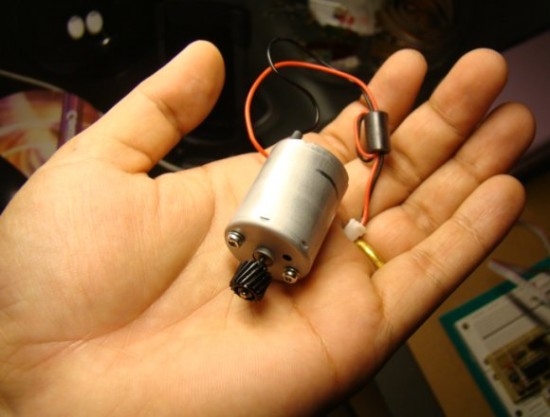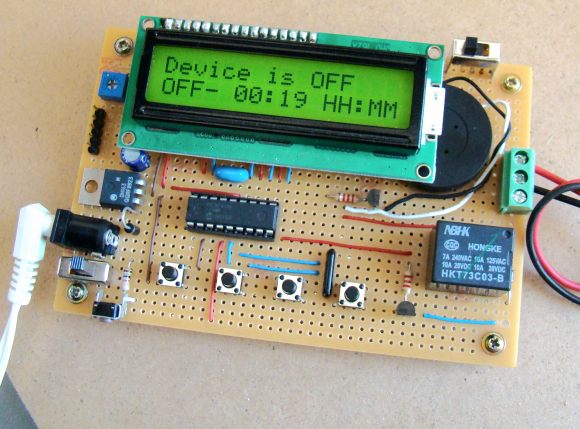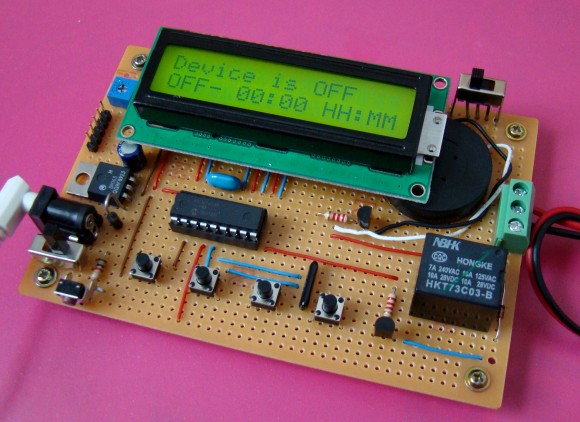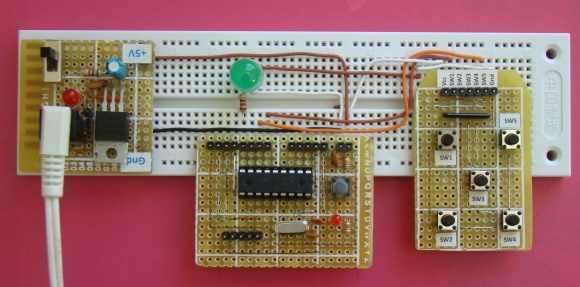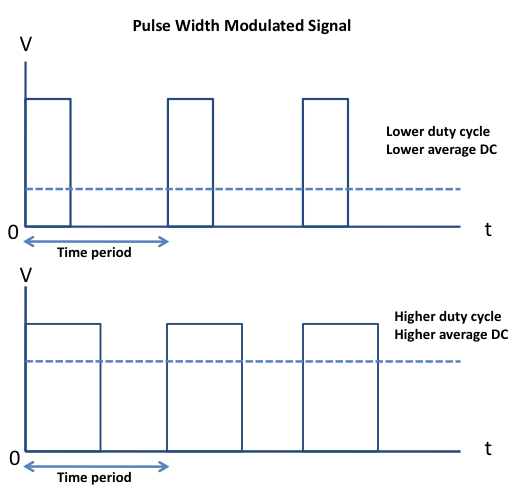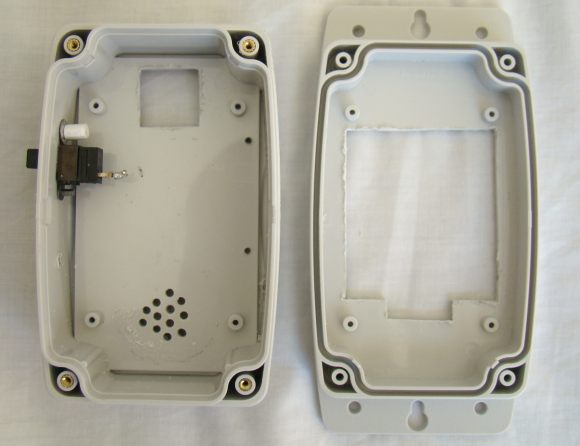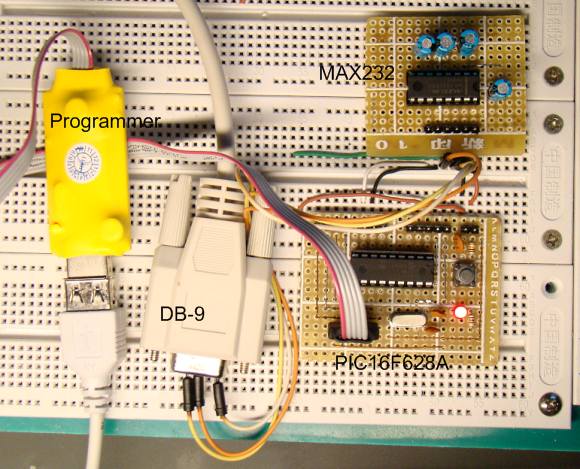Lab 10: DC motor interfacing to PICMicro
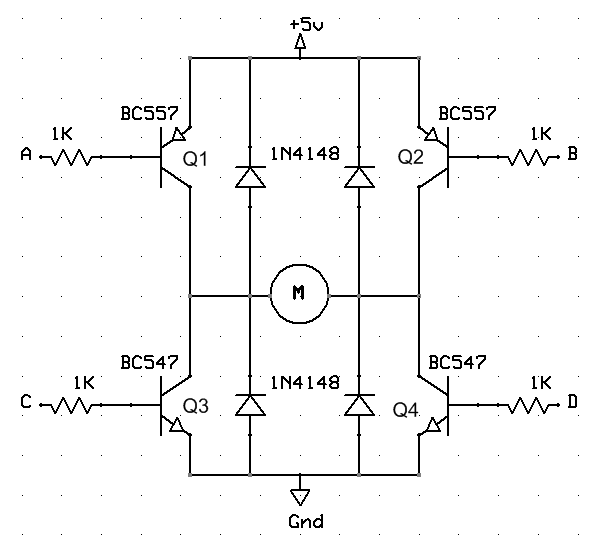
Description
Perhaps one of the most entertaining things to do with an embedded microcontroller is to get it to actually move something. Three very popular devices used to “make things move” include dc motors, RC servos, and stepper motors. This lab session will look at how you can interface a dc motor to a PIC microcontroller.
Required Theory
DC motors are simple two-lead, electrically controlled devices that convert electrical power into mechanical power through the interaction of two magnetic fields. One field is usually produced by a stationary permanent magnet (on the stator), and the other field is produced by an electric current flowing in the motor coil (on the rotor). The interaction of the two fields results in a torque that tends to rotate the rotor. For this experiment, a reversible, permanent magnet, brushed DC motor is selected. The term ‘reversible’ means the rotation of the motor can be reversed by simply flipping the terminals of the DC power supply. One such motor is shown below. I got it from my old broken printer. The dc motors are found in CD players, toy cars, cassette player, printers, etc.
